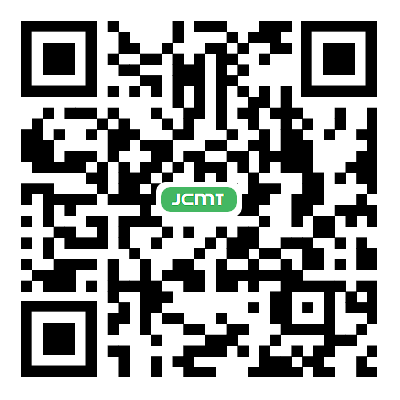fig1

Figure 1. Novel Agents Targeting Specific Biological Pathways in Diffuse Large B-cell Lymphoma. B-cell receptor (BCR) pathway is affected in both GC- and ABC-DLBCL subtypes. Chronic BCR signaling, as manifested by BCR clustering, is a hallmark of ABC-DLBCL, and mimics antigen-dependent BCR activation. Tonic BCR signaling (antigen-independent, no BCR clustering) is a characteristic of GC-DLBCL, and is NF-κB-independent. Mutations in proteins involved in BCR signaling and interrelated pathways include CD79B, CARD11, A20, and LYN. MYD88 L265P mutations lead to lymphomagenesis through activation of the TLR and IL1R pathways independent of ligand stimulation and have been highlighted in newer molecular classifications. Small molecule inhibitors (IRAK4, BTK, MALT1, PI3K, BCL2), protein degraders (IRAK4), antibody/antibody-conjugates (Polatuzumab-vedotin, Tafasitamab, magrolimab), and cellular therapy (CAR-T) have been developed in order to target these specific aberrations to mitigate lymphomagenesis. BCL2: B-cell lymphoma 2; BCR: B-cell receptor; BsAb: Bispecific antibodies; BTK: Bruton tyrosine kinase; ILR: Interleukin receptor; MALT1: mucosa-associated lymphoid tissue lymphoma translocation protein; PI3K: phosphoinositide 3-kinase; SIRPα: signal-regulatory protein alpha. Created with BioRender.com.









